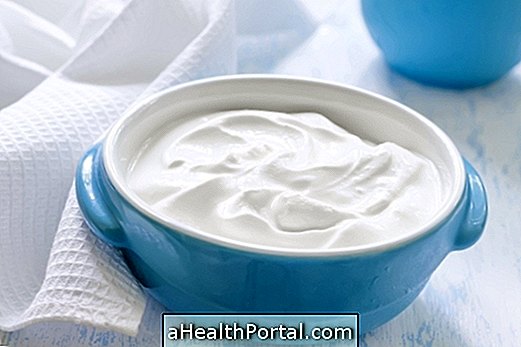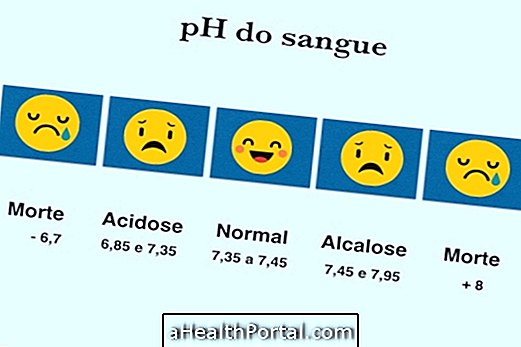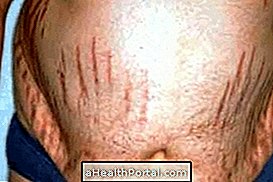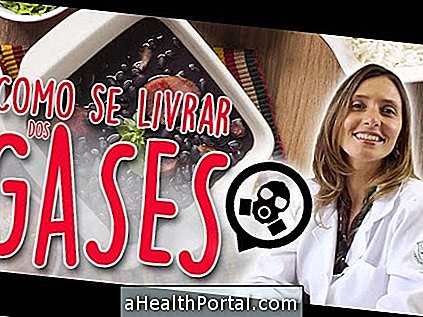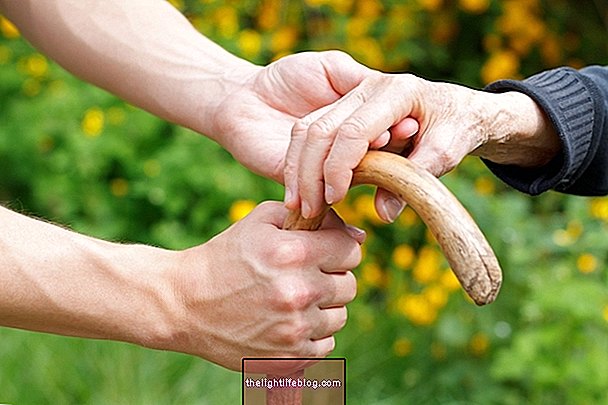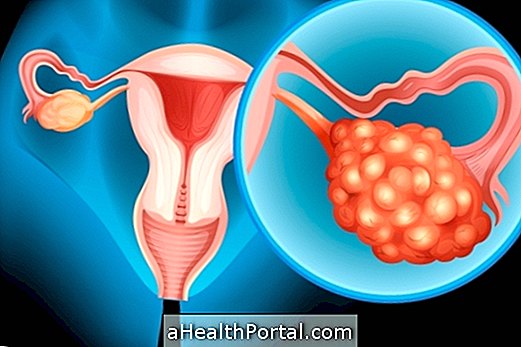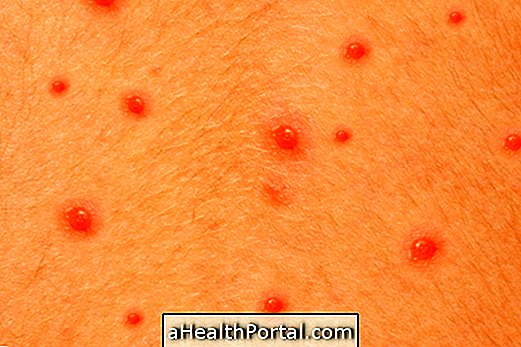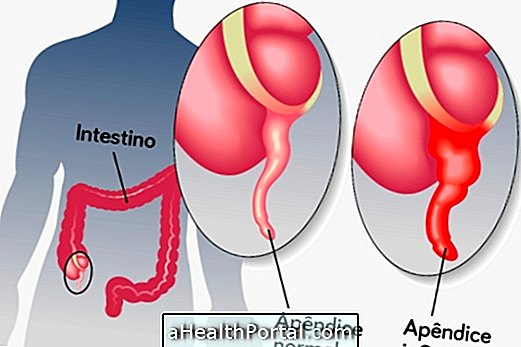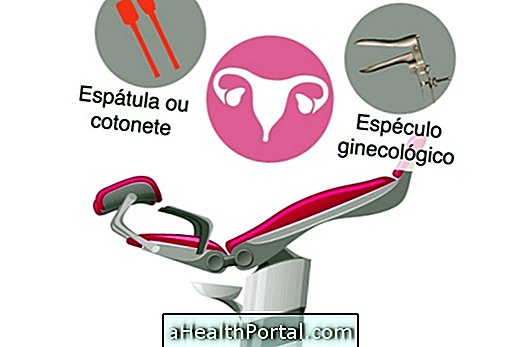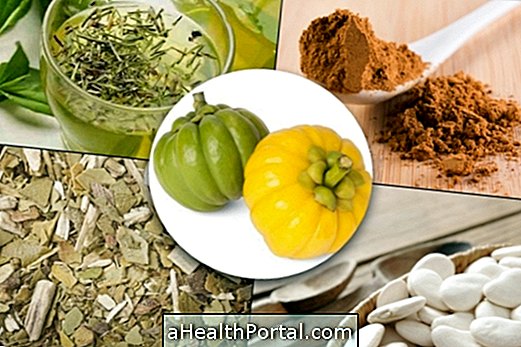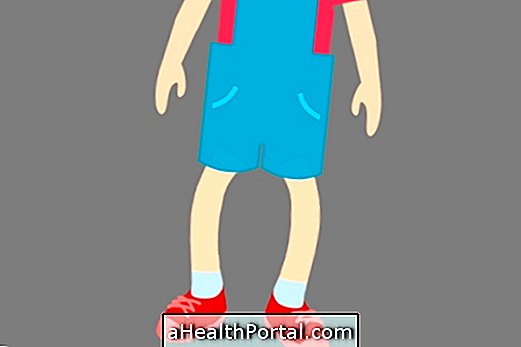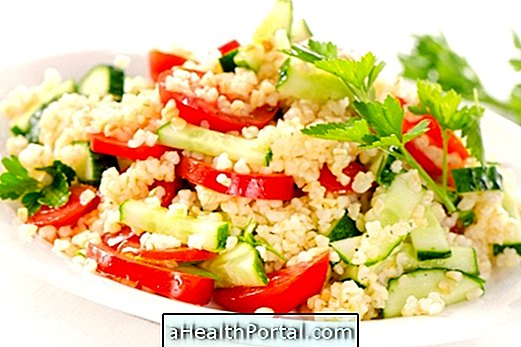Venous or toxic plants have dangerous elements that can cause severe intoxication in humans. These plants, if ingested or in contact with the skin can cause problems like irritations, or intoxications, and are sometimes fatal.
In case of ingestion of some type of poisonous plant it is recommended to go immediately to the hospital and take a photo of the plant to identify the species. In case of skin contact with the plant, it is advisable to wash the area and avoid scratching. If skin symptoms get worse, you should go to the hospital immediately to start the appropriate treatment.
Here are some examples of these poisonous plants, what the symptoms are and what they cause.
1. Glass of milk 2. With me-no-one can 3. Tone
Although these plants are very common at home, they are quite toxic and therefore should never be consumed. In addition, it is recommended to take care of them using gloves, as the pollen and the sap of the plants can provoke reactions in the skin.
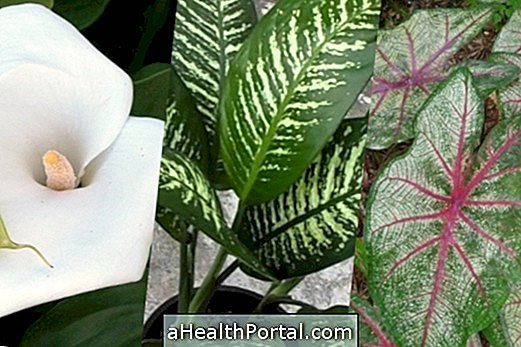
Symptoms: burn-like pain, redness of the skin, swelling of the lips and tongue, excessive salivation, difficulty in breathing, nausea, vomiting, diarrhea, difficulty swallowing.
Treatment: You should go to the hospital to start treatment with painkillers, antispasmodics, antihistamines and corticosteroids. You should avoid vomiting, and eat foods such as milk, egg white, olive oil or mouthwash with aluminum hydroxide because they help with the treatment. In case of contact with eyes, treatment should be carried out with running water, antiseptic eye drops and consultation with the ophthalmologist.
4. Parrot's beak
The parrot's beak, also known as Poinsettia, is a plant that produces a poisonous milky sap and therefore one should avoid getting in direct contact or ingesting any of its parts.

Symptoms: Irritation of the skin, with the appearance of red blisters, small raised skin with pus, itching and burn-like pain. Ingestion may result in excessive saliva, difficulty in swallowing, swelling of the lips and tongue, nausea and vomiting.
Treatment: Skin cleansing with potassium permanganate, corticoid ointments and antihistamine remedies for skin lesions. In case of ingestion, avoid vomiting and treatment with analgesic and antispasmodic medicines. Foods that protect the gastrointestinal mucosa, such as milk and olive oil, may help. If contact with the plant is ocular, treatment should be done with running water, antiseptic eye drops and evaluation by the ophthalmologist.
5. Taioba-brava
This plant is quite poisonous, being important to avoid its ingestion and the direct contact with the unprotected skin or the eyes.

Symptoms: When touched with the skin in the plant is possible the appearance of burning and redness. In case of ingestion, the plant can cause swelling of the lips and tongue, difficulty swallowing, feeling of shortness of breath, very severe belly pain, nausea, vomiting and diarrhea.
Treatment: Analgesic remedies, antispasmodics, antihistamines and corticosteroids prescribed by a doctor. You should avoid vomiting, preferring to eat foods such as milk, egg white, olive oil to neutralize the venom of the plant .. In case of contact with the eyes, treatment should be done with running water, antiseptic eye drops and consult with an ophthalmologist.
6. Spinner
The spirradeira is a very toxic plant that can cause very serious injuries with only 18 grams, putting at risk the life of an adult with 80 Kg.

Symptoms: Excess salivation, nausea, vomiting, abdominal cramps, diarrhea, severe headache, dizziness, confusion, visual disturbances, decreased heart rate and marked blood pressure reduction.
Treatment: should be started at the hospital with antiarrhythmic, antispasmodic, nausea, mucosal protectors and intestinal adsorbents. Treatment for ocular contact can be done with running water, antiseptic eye drops, analgesics and evaluation by the ophthalmologist.
7. Dedaleira
The foxglove leaves contain a high concentration of digitalina, a substance that acts on the heart, deregulating the beat.

Symptoms: nausea, vomiting, severe belly pain, diarrhea, dizziness, headache, decreased heart rate, and marked blood pressure.
Treatment: should be started at the hospital with antirhythms, antispasmodics and analgesics prescribed by a doctor. In case of contact with eyes, wash with plenty of water and consult an ophthalmologist for appropriate antiseptic ointments.
8. Mandioca-brava 9. Bamboo shoot
These are two very toxic plants that produce an acid capable of destroying the body's cells, especially in the gastrointestinal tract.

Symptoms: Nausea, vomiting, abdominal cramps, diarrhea, bitter almond breath, drowsiness, convulsions, coma, difficulty breathing, heart disorders, decreased blood pressure, increased pupils or paralysis of the iris of the eyes and bleeding.
Treatment: It should be started quickly in the hospital with medicines directly in the vein and washing of the stomach.
Learn more about what to do in case of contact with poisonous plants:
- Home remedy for poisonous plants
- First Aid for Poisonous Plants

